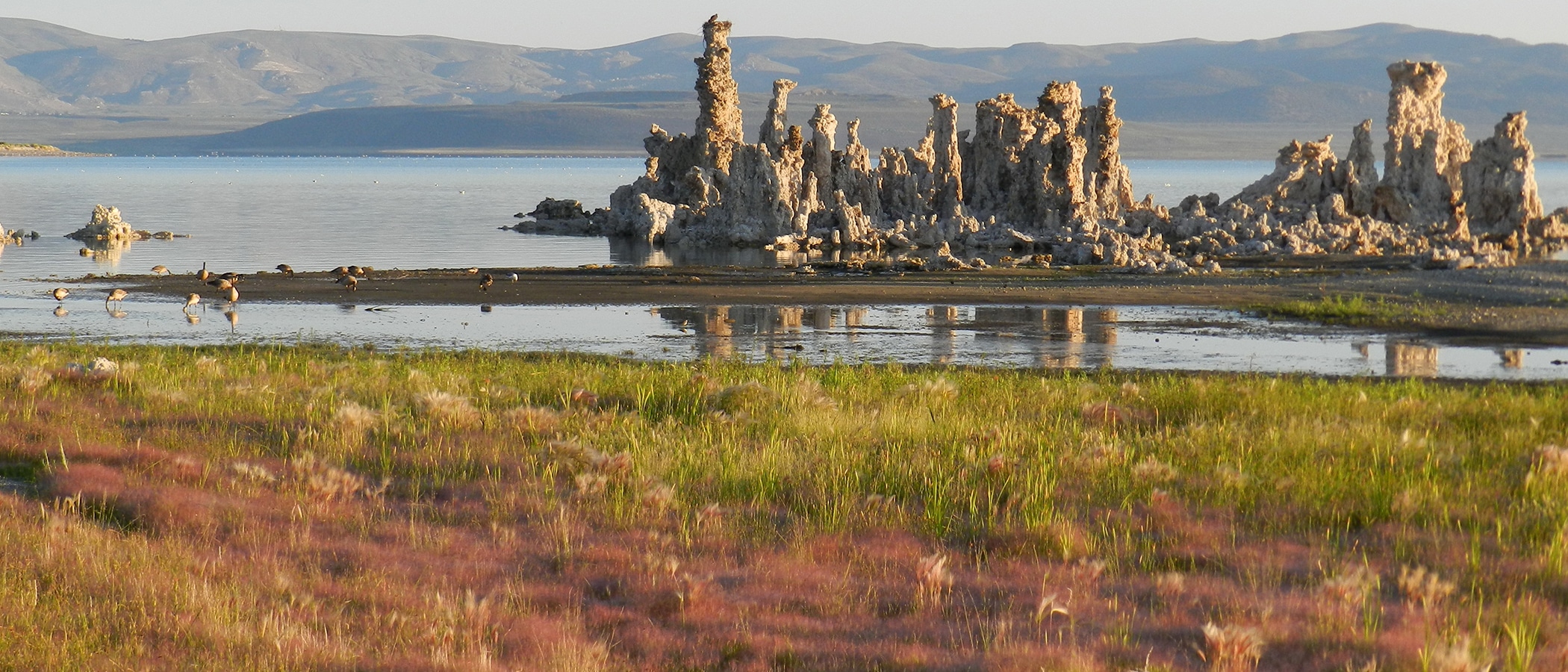
Earlier this month, the Lamont-Doherty Earth Observatoryat Columbia University published a post about exciting climate research at Mono Lake.

PhD student Guleed Ali has been a fixture in the Mono Basin for the past several summers, studying the basin’s dusty slopes and exposed ash layers for the story of historic climate changes in the West.
Guleed looks through layers of dirt and ash for signs of the last ice age in the Mono Basin. He matches up that chronology with knowledge about the advance and retreat of ice sheets in North America, and then works to find out how Mono Lake’s rising and falling levels responded to the changing climate.
Understanding the ancient climate patterns inscribed on Mono Lake’s shores can help scientists project what may happen in the future as the climate changes, which is important part of wise water use planning. Those familiar with the water balance at Mono Lake know how crucial that effort is already, and will be in years to come.
